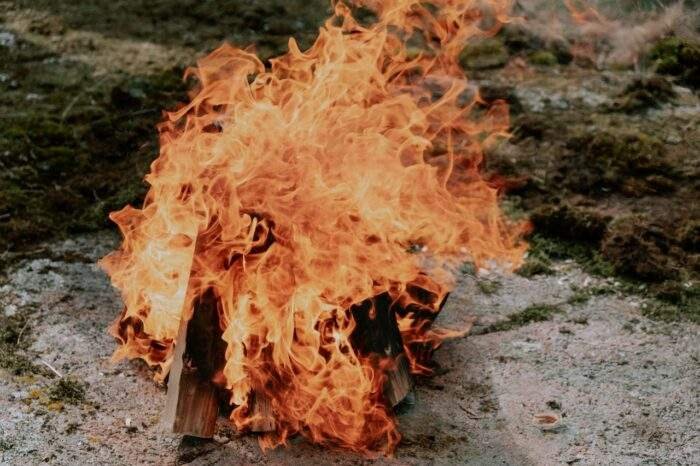A Comprehensive Guide on How Fire Restoration Is Done

The process of restoring a property damaged by fire and smoke to its pre-loss state is known as fire damage restoration. Due to the devastation caused by an accident, cleaning up after a fire can take weeks or even months.
Fire restoration is complex, but you can follow some steps to minimize the damage. The first step is removing anything damaged beyond repair, including electrical appliances. Although they may be unplugged, some of these appliances can still store electricity. After you remove these items, you should clean them, if possible. Fire restoration, for example, follows steps in effectively restoring fire damage.
Smoke damage causes odors
Smoke damage caused by fires often results in different odors. You can categorize odors according to the source. For example, oil and fuel residue left behind an unpleasant odor. These odors are often not visible to the naked eye but are challenging to detect and can permanently discolor finished surfaces.
Fortunately, there are several methods for removing these odors. The first step is to clean the area. Next, you can use a dry-cleaning sponge designed explicitly for smoke damage restoration. The sponge should be placed on a dry surface and used for a few strokes. If the sponge becomes black, cut it with a knife and use a new one to clean the area.
Dry smoke
Dry smoke is the most common type of smoke created during a fire. It is produced by fires that burn quickly at high temperatures and are primarily composed of wood or paper. This type of smoke is easy to remove because it doesn’t adhere to surfaces. However, it still leaves a powdery residue that can get into porous materials and cracks. This residue can also cause stains and discoloration, leaving acidic etching on semi-porous soft materials.
Fuel oil smoke is a different kind of smoke than dry smoke which is rare in residential homes. Fuel oil smoke is a byproduct of fossils and is much more difficult to remove. The water used to put out the fire also caused water damage to floors and drywall.
Wet smoke damages
A fire leaves behind wet smoke, a dense, gooey residue. Metals may rust as a result of the fire. This damage requires special equipment. While you can do some cleaning yourself, you will want to have a professional handle the restoration process.
Several factors influence the type of smoke damage, including the fire’s location and the ignition’s source. Fire restoration professionals need to know about the types of smoke damage and the specific treatments for each style.
Wet smoke is the most difficult to remove and often leaves a thick residue layer behind. The smell of damp smoke is strong and can cause headaches and other side effects.
Cleaning up soot
Cleanup after a fire is a big part of the restoration process. Soot is a common residue that remains after a fire. Unfortunately, it is also harmful to human health when inhaled. Cleaning up soot requires understanding which surface material to target. Different methods work better on other surfaces. Also, some materials may not respond well to specific chemical treatments.
First, vacuum the walls and ceilings to remove visible soot. Make sure to hold the nozzle about one-half inch away from the surface to avoid soot smears. You can also use a sponge to remove soot stains from the walls and ceilings. Be sure to clean light fixtures as well.
Removing standing water
Finding standing water in a basement can be stressful. It may also be expensive, which is why it’s best to seek the help of a water restoration service company. In addition to water removal, these professionals can also provide mitigation advice to mitigate the damages. After removing the water, the next step is drying out the affected areas.
While standing water can be a hazard, it’s also dangerous. It can be home to bacteria and viruses that can cause severe illness and even death, mainly if the water has come into contact with electrical components. If unsure, you can call an electrician or emergency service to inspect the area.






